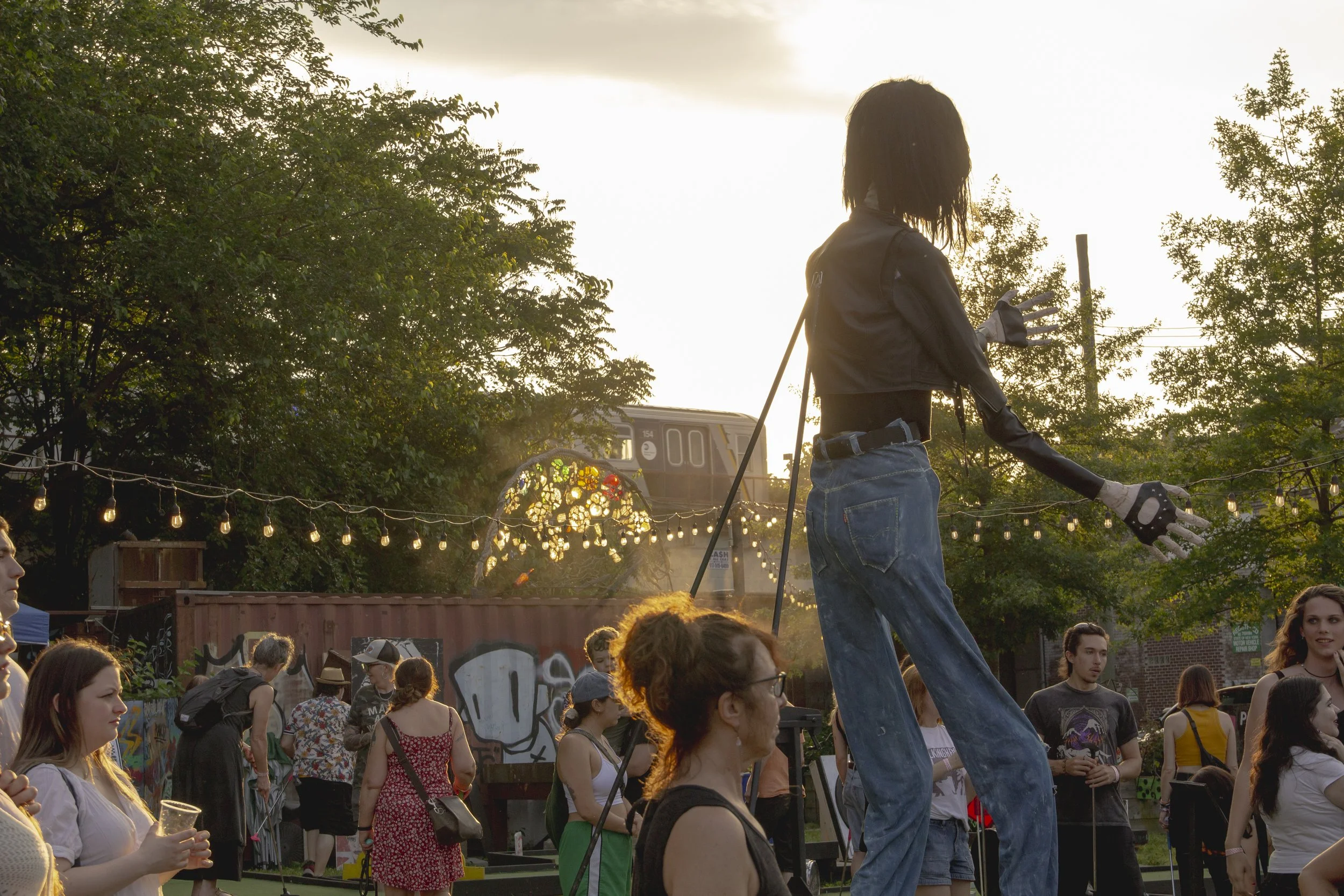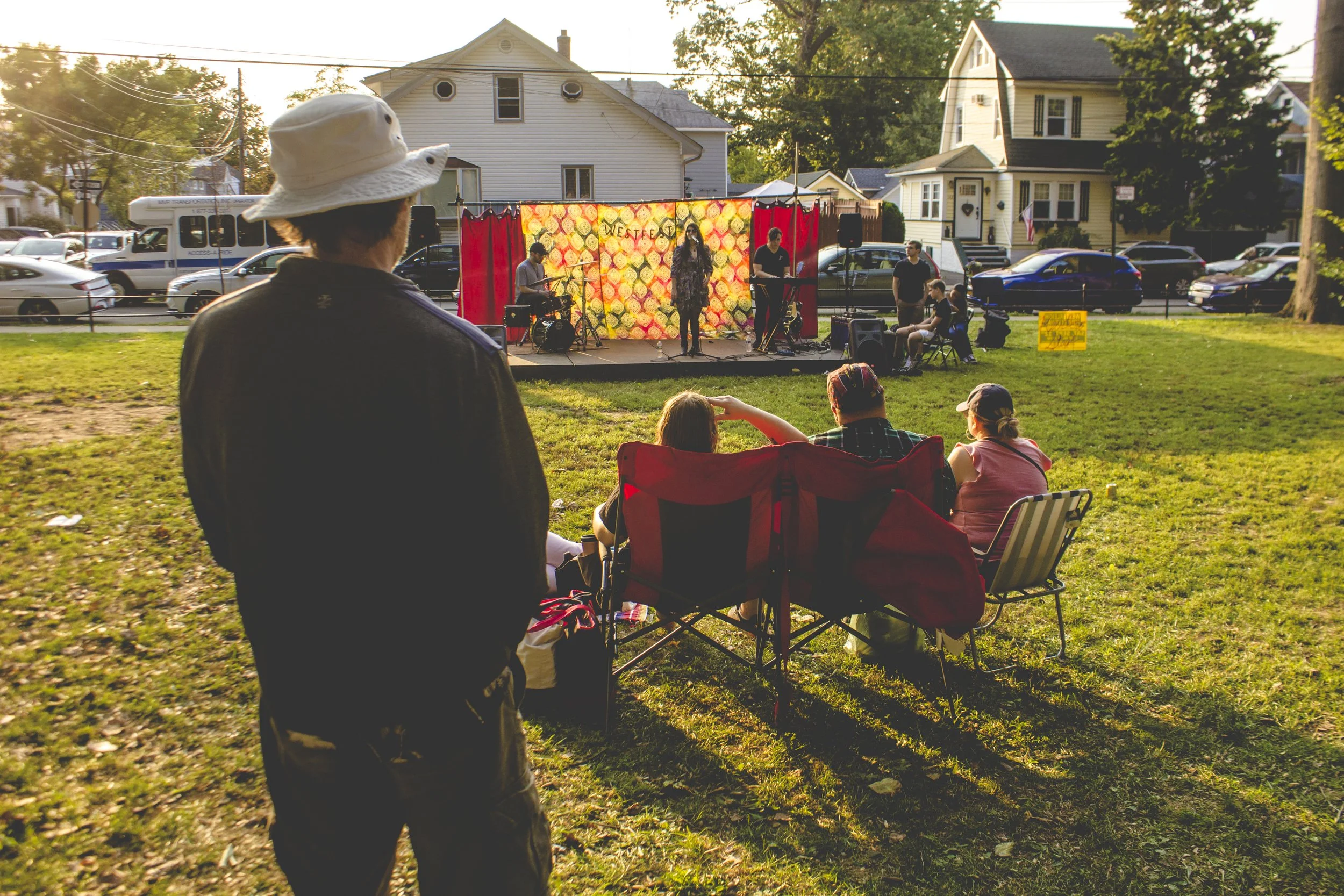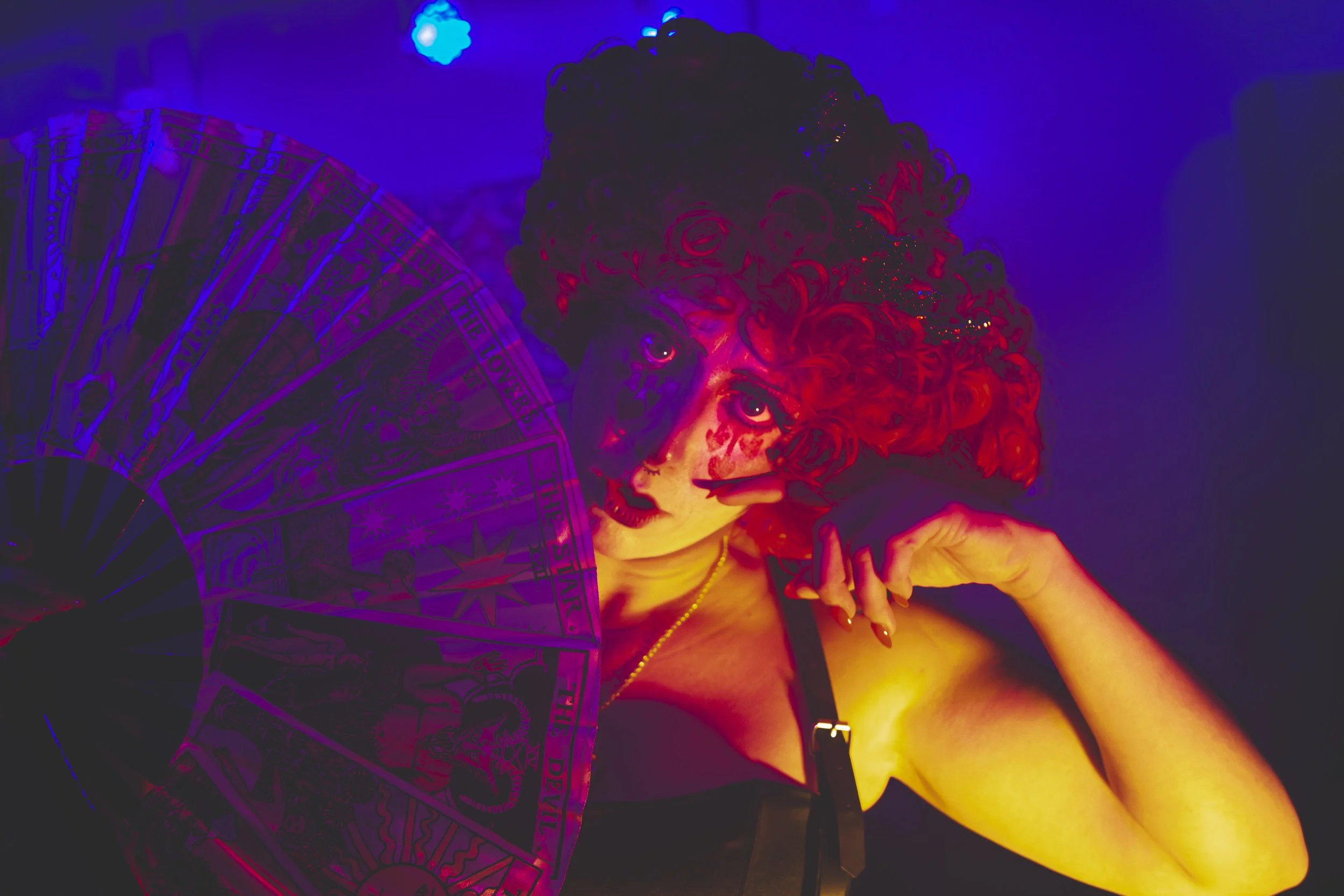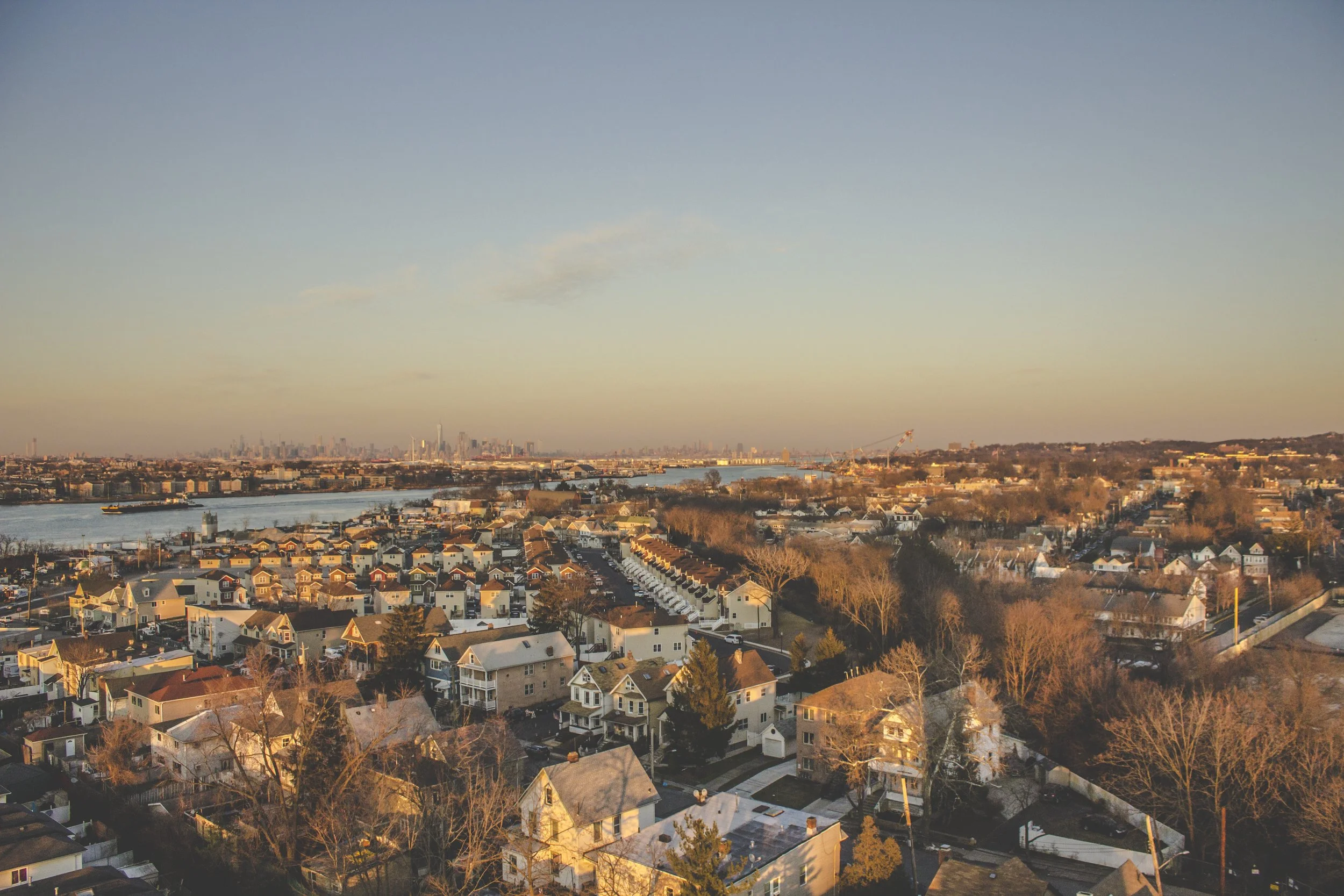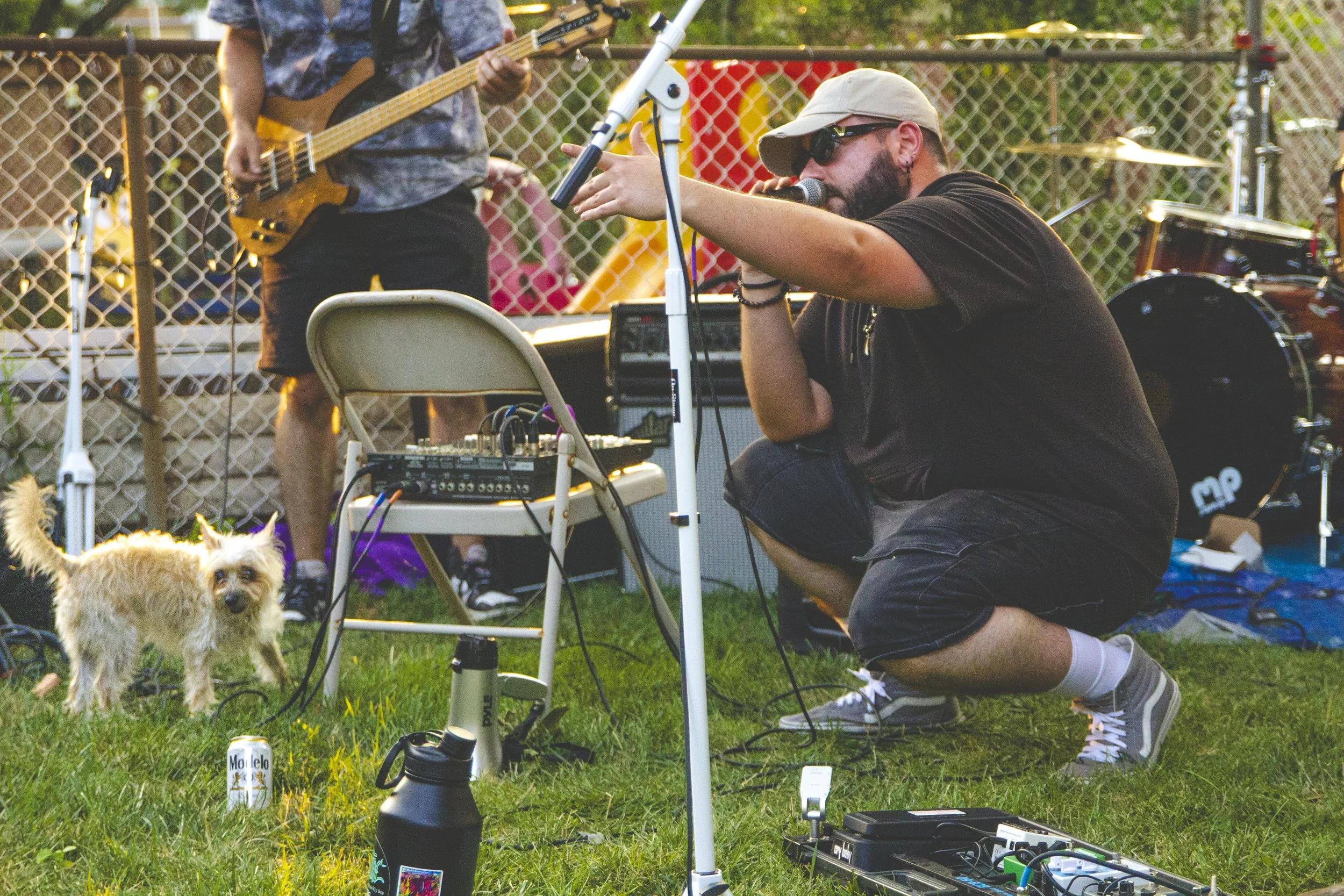The Staten Island Paradox: Abundance, Scarcity, and What Comes Next
Staten Island is a paradox. This essay digs into how the borough is bursting with talent and creativity but also struggling with a lack of space, funding, and support. It celebrates the resilience of local artists and communities while asking what it would take to finally build the cultural scene Staten Island deserves.
Punk Rock Mini Golf at Maker Park in Stapleton June 2025
To say that Staten Island is a paradox would be an understatement. We exist in this strange space where there's both abundance and scarcity at the same time. We have the space; there are enough buildings and spots that could become venues or creative hubs. But the reality is most artists can’t afford them. The people who can afford to invest often don’t see the value in building out Staten’s cultural infrastructure.
It’s like asking unhoused people to solve the housing crisis. That might sound harsh, but it reflects the reality many artists face. We're expected to build and sustain cultural infrastructure with little to no funding, limited access to venues, and an ever-shrinking pool of affordable work or exhibition spaces. Artists are often praised for our resourcefulness for “making something out of nothing,” but that narrative can be dangerous when it becomes an excuse for disinvestment. Creativity shouldn’t have to substitute for structural support. Just like systemic housing issues can’t be solved solely by those most impacted, the burden of building a thriving arts ecosystem shouldn’t fall entirely on artists, collectives, or underfunded grassroots organizers. This is a systematic problem that requires real investment, intentional policy, and support from those with the power to create structural change.
There hasn’t been consistent reinvestment in Staten Island at the scale it deserves. We exist in this cultural middle space: producing nationally recognized talent while struggling to secure basic infrastructure for the arts. We gave the world the legendary Wu-Tang Clan, who not only put us on the map but left us with lasting cultural capital. Other major music acts have emerged from the Island too — Bebe Rexha, Budos Band, The Force M.D.s, and more. Our comedy scene has produced names like Pete Davidson, the Impractical Jokers, Colin Jost, and Eric D’Alessandro. We have acclaimed authors like Tracy Brown and Rob Hart, and notable actors including Tristan “Mack” Wilds, Theo Rossi, Michael Rainey Jr. (Power), and Yunjin Kim (Lost). And it doesn’t stop there. A new wave of artists — Wolfacejoeyy, Cleotrapa, Jigsaw Youth — are making noise on major platforms. The talent is here and always has been.
For some reason, however, all this still doesn’t translate into large-scale investment in our arts and culture infrastructure. Recognition doesn’t always lead to reinvestment, and that disconnect is part of the paradox we live in.
The 15th Westerleigh Folk Festival in 2022
We have strong and important institutions like the Staten Island Museum, Alice Austen House, Historic Richmond Town, and Snug Harbor that do vital work preserving, celebrating, and showcasing our borough’s cultural legacy. Their existence matters deeply, and they all have long histories of community engagement. Even with these cultural anchors, the broader ecosystem feels fragmented. These institutions can’t — and shouldn’t be expected to — carry the full weight of Staten Island’s creative future alone. Many work within constraints themselves, including limited funding, staff capacity, or competing programming demands.
This isn’t about discrediting or blaming them. In fact, the goal is the opposite: to recognize that we need to build alongside them, to extend the web of cultural support across the island, and ensure that emerging artists, DIY spaces, and informal creative networks are nurtured and valued. We need both pillars and grassroots, and more connective tissue between them.
A lot of people are out here grinding: community organizations, curators who also organize, promoters, and artists. We’ve made incredible strides. Festivals, shows, open mics, exhibitions, and underground events happen all the time. The issue isn’t that they don’t exist; it’s that many people don’t know about them or don’t prioritize them. Sometimes, the infrastructure to support and grow them simply isn’t there.
As an artist, I still ask: Is it wrong to want more? Is it too much to ask for venues that can fit 200 people for a music show? Or a space to host an art exhibit with 50+ pieces that isn’t a cramped room, a bar, or a historic building with restrictions?
Staten Island comes alive in the summer, but what about the rest of the year? There are beautiful makeshift spaces — people doing shows in backyards, outdoor venues, bars, coffee shops, and public parks. That resilience is part of the paradox: we keep going, even with so little.
We’ve lost venues like The Cup and festivals like LUMEN, as well as others before my time, such as The Wave. But somehow, we keep the flame alive through new spaces like The Hub, Maker Park radio’s event in Maker Park, and bands turning backyards with pools into stages. This is not to discredit the amazing work already being done. Rather, it’s to ask how we can build on it, amplify it to sustainability, and create great infrastructure for cultural spaces.
A Performer at an event called “Alice In Cyberland “ at Hub 17 NYC 2025
A Cultural Shift Is Happening
In the past decade, we’ve started to see a shift in media representation. Staten Island is showing up more, not as a punchline but as a setting with depth and story. Wu-Tang: An American Saga, What We Do in the Shadows, Nerve, and most recently Nonna’s, all feature Staten Island as more than just background. That visibility matters. It proves our borough has stories worth telling and that people are finally listening.
Staten Island from the Bayonne Bridge 2020
With that shift, it’s time we change how we see ourselves. We talk and act like we’re a small town, but Staten Island has nearly 500,000 residents. That’s not small. For context, Oakland has about 436,000; New Orleans around 364,000; Minneapolis about 425,000; and Atlanta roughly 510,000. These cities have national recognition, visible creative economies, and cultural infrastructure matching their size.
Staten Island isn’t small in land area either. We cover 58.5 square miles. Compare that to Manhattan at 22.8, San Francisco at 46.9, Boston at 48.4, and Honolulu at 60.5 square miles. So we’re big not only in population but geographically as well.
If we’re not small by the numbers, why do we still think of ourselves that way?
Part of it comes from how we live and move through the island. Staten Island isn’t one unified cultural zone; it’s a series of loosely connected neighborhoods along different shorelines. That fragmentation can make the borough feel smaller than it is. It builds a strong local identity but also divides resources and isolates creative communities.
That’s the trap. When we think small, we aim small. But the numbers don’t lie: we’re already a city-sized borough. What we lack isn’t potential; it’s connectedness, investment, and belief.
Pat Lagatta perfoming with Silk Stone in a backyard , summer 2024
It Doesn’t Have to Stay This Way
People say, “That would never work on Staten Island.” But that’s not true.
The real truth is we’ve had those resources before. We’ve had thriving venues, vibrant festivals, and many creative communities. We’ve had momentum. But over time, many were lost not because they failed but because they weren’t supported.
The question is: do we keep letting things slowly slip away, or do we build again with intention?
What if we put power back not just in money, but in belief, vision, and care? What if we invested in infrastructure that reflects the energy already here? What if we believed Staten Island could be a creative epicenter?
Because if we’ve been this resilient with limited space and resources, imagine what we could build with real investment.
The paradox has always been that everything we need already exists here. We just need to connect it, support it, and believe in it together.
Jahtiek Long is an interdisciplinary artist, musician, community organizer, and co-founder of the Shaolin Art Party. He loves photographing the island and playing the ukulele. Jahtiek is passionate about shifting the narrative surrounding Staten Island and showcasing the vibrancy of the borough. He’s also really excited about all the new Ramen spots popping up. @Jahtieklong

